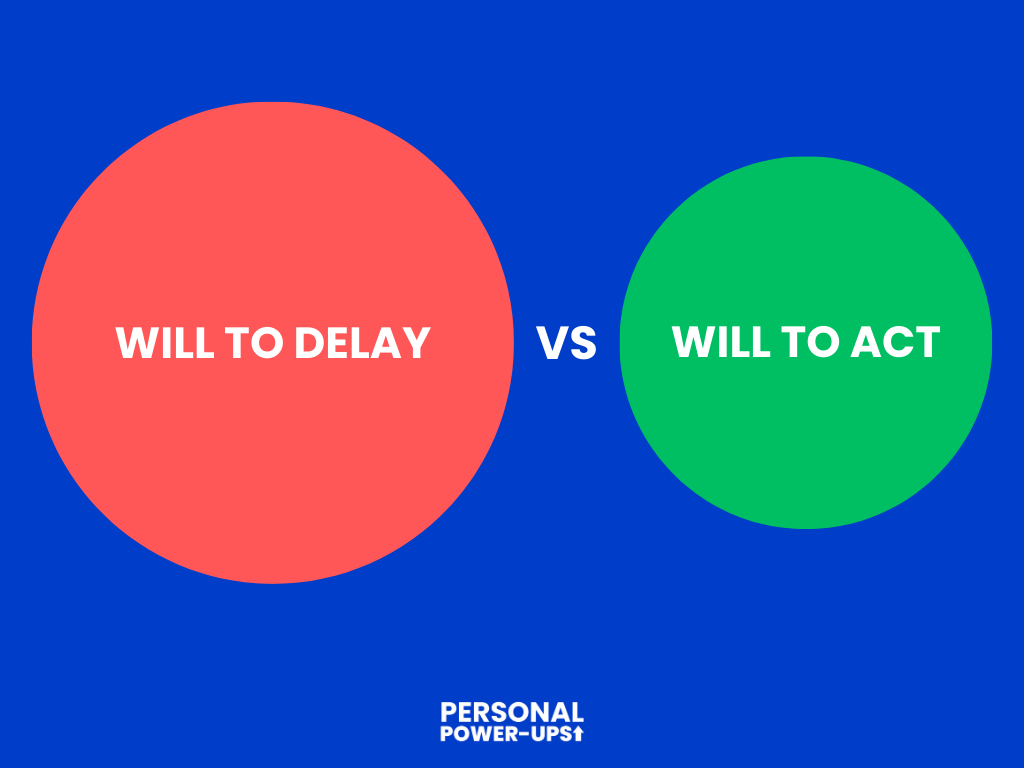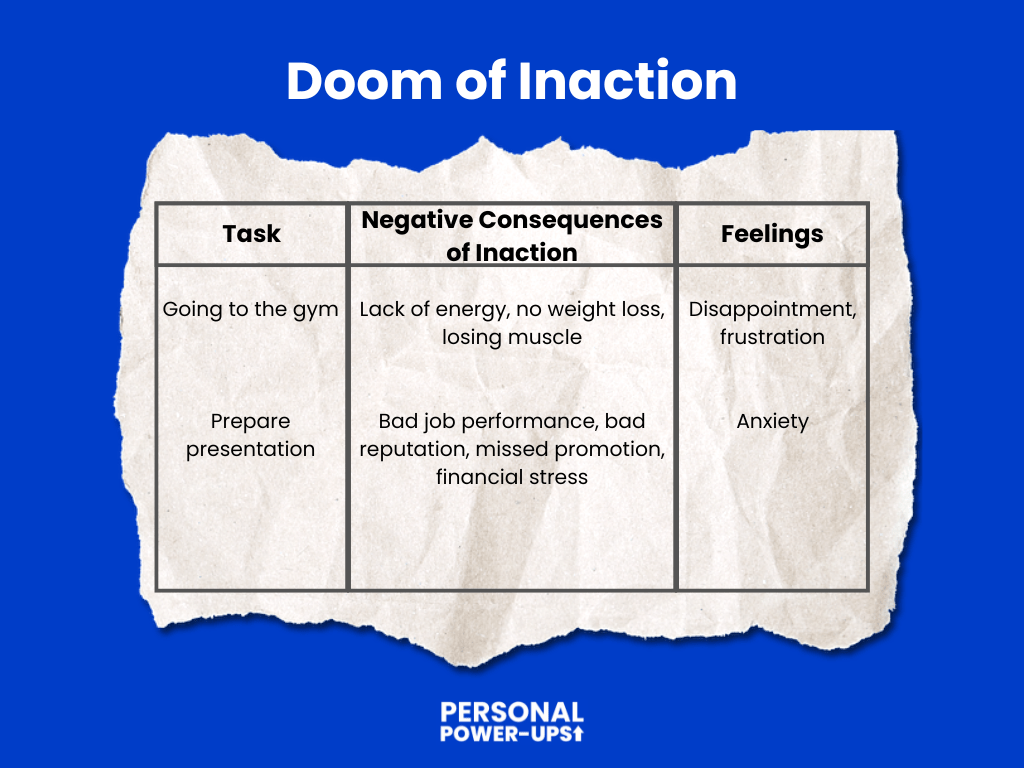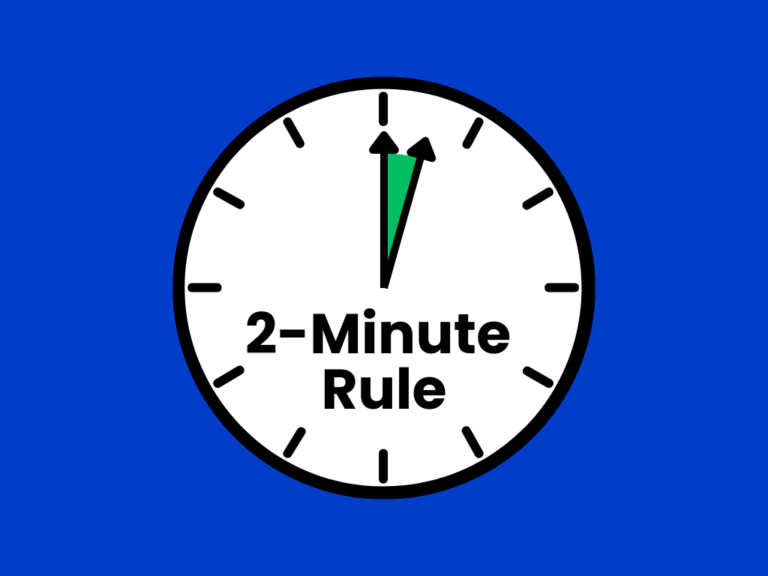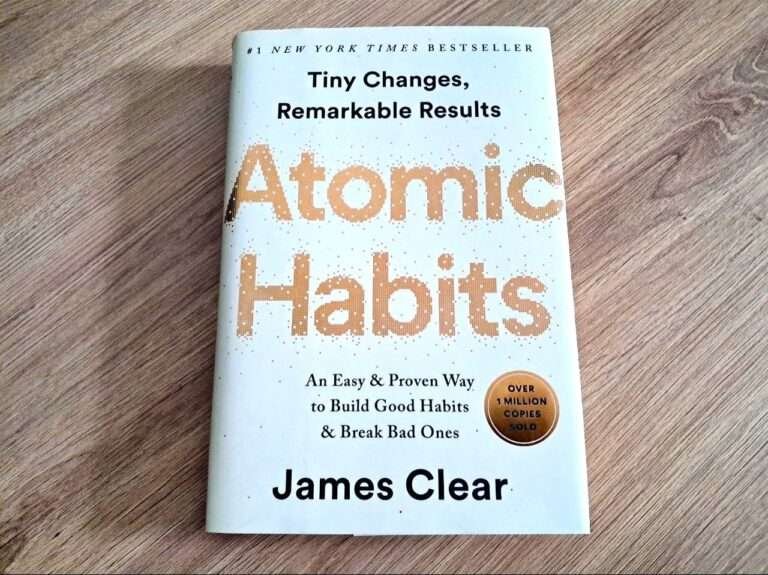Procrastination can feel comfortable in the moment. Laying on the couch and binge-watching Netflix is more fun than finishing your tasks, after all. However, by delaying important work, you’ll face plenty of issues later on. The problem is that these negative long-term consequences don’t feel urgent or real enough to stop you from procrastinating. Enter the Doom of Inaction method.
Contents
What Is the Doom of Inaction Method?
Doom of Inaction is a method to stop procrastination by visualizing the negative consequences of inaction. It shifts your focus from short-term comfort to long-term consequences. This makes the stakes clear and helps you get moving, improving your productivity.
▼ Ad
Why This Method Works
There are two forces in play when you procrastinate: the will to delay and the will to act. When you procrastinate, your will to delay is greater than your will to act. So, to help you stop procrastinating, we need to improve your will to act and decrease your will to delay. The Doom of Inaction method does precisely that.
Visualizing the negative (long-term) consequences of your inaction creates a sense of urgency by making the abstract pain or procrastination feel immediate. This helps override the brain’s tendency to prioritize the short-term pleasure of procrastinating.

How to Use the Doom of Inaction Method
Using this method is simple. There are only a couple of steps:
- Grab a piece of paper and divide it into three sections.
- In the first column, write down the task you’re avoiding. Be as specific as possible.
- In the second column, write out all the possible negative consequences if you don’t complete this task. Take your time and think about the domino effect. For example, if you don’t prepare that presentation, your job performance may suffer, leading to a missed promotion opportunity. That missed promotion could mean financial stress or staying stuck in a role you don’t enjoy.
- Finally, in the third column, dig deeper. Write how you’ll feel if these consequences happen. Maybe you’ll feel regret, embarrassment, or frustration with yourself. Be honest here. Naming these emotions creates an emotional connection to the task and makes the stakes feel real. Because they are real!

Examples of the Doom of Inaction in Different Areas
Career
You keep telling yourself you’ll learn that new skill or apply for a better job “someday.” But someday never comes. Meanwhile, your friends and colleagues are advancing, gaining experience, and earning promotions.
If you continue delaying, where will you be in five years? Stuck in the same position, frustrated, and wondering why your career hasn’t progressed. Let the fear of professional stagnation push you to take action today—whether it’s updating your resume, taking a course, or starting that project you’ve been avoiding.
Health
Skipping workouts, eating poorly, or neglecting sleep might not seem like a big deal right now. But fast-forward a few years—what if your energy levels drop, your body aches, and preventable health conditions start creeping in?
Imagine feeling constantly fatigued, struggling with mobility, or facing expensive medical bills. The regret of not taking care of your body will hit hard. Use this vision as motivation to start small—take a walk, drink more water, or get to bed earlier.
Finances
It’s easy to put off saving money or making a budget. After all, there’s always time, right? But picture yourself a decade from now, struggling to pay bills, living paycheck to paycheck, and feeling overwhelmed by financial stress.
The weight of financial insecurity is much heavier than the effort it takes to start saving now. Even small steps—automating savings, reducing unnecessary spending, or learning about investing—can protect your future self from financial regret.
Personal Growth
How many experiences, skills, or dreams have you put on hold because of fear or procrastination? Maybe you’ve wanted to learn an instrument, write a book, or travel somewhere new, but you keep saying, “I’ll do it later.”
Now imagine reaching old age and realizing you never took those chances. The regret of wasted potential is one of the hardest to bear. Don’t let time slip away—start today, even with just one small step.
▼ Ad
Overcoming Resistance and Making This a Habit
Even when you recognize the cost of inaction, taking the first step can feel overwhelming. Fear, doubt, and perfectionism often hold you back. Here’s how to push through resistance and turn the Doom of Inaction method into a habit.
Make the Fear Manageable
While visualizing worst-case scenarios can be a strong motivator, too much fear can lead to anxiety paralysis. The key is to use just enough discomfort to create urgency without feeling helpless. If your visualization makes you feel stuck, take a deep breath and focus on small, immediate actions instead of the entire problem.
Pair It with Actionable Steps
Fear alone won’t create change—you need a plan. Once you’ve identified the negative consequences of procrastination, immediately take a small action toward your goal. For example:
- If you fear career stagnation, send out one job application or sign up for a skill-building course.
- If you’re worried about health issues, go for a 10-minute walk or prepare a healthy meal.
- If financial insecurity scares you, set up an automatic transfer to your savings account.
Tiny steps compound into big results. The sooner you act, the more momentum you build.
Reframe Procrastination as a Choice
Procrastination isn’t just delaying a task—it’s actively choosing future regret. Every time you avoid taking action, remind yourself that you’re making a decision. Ask yourself, “Am I okay with dealing with the consequences later?” This shift in perspective makes inaction feel less passive and more like a conscious trade-off.
Make It a Daily Practice
To turn this method into a habit, do a quick “doom check” each morning. Ask yourself:
- “What task am I avoiding today?”
- “What will happen if I keep delaying it?”
- “What small step can I take right now to avoid that outcome?”
This simple exercise keeps your priorities clear and helps you take consistent action. Over time, your brain will naturally start linking procrastination with its real consequences, making it easier to break the cycle.
▼ Ad
Conclusion
Procrastination isn’t just about lost time—it’s about lost opportunities, unfulfilled potential, and unnecessary stress. The Doom of Inaction method helps you flip the script. Instead of focusing on short-term comfort, you confront the long-term cost of avoiding action.
By visualizing the unpleasant consequences, you create a sense of urgency that propels you forward. When paired with small, immediate steps, this method becomes a powerful tool to break free from procrastination.
So, what’s one thing you’ve been putting off? Picture the consequences of not doing it. Now, take one small action—right now. Future you will thank you.




